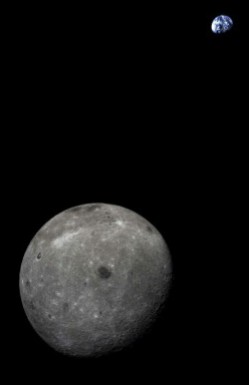EPA threatens $75K per day fines to man who built pond on his own property.
We’re here to help you: The EPA is threatening a man with $75K per day fines unless he tears down a homemade pond he built on his private property, using water from a 2-foot wide, 6-inch stream.
Johnson’s pond was created with a dam on a nearby creek in Fort Bridger, which he built about five years ago. He got the right permits from Wyoming state agencies. “I acquired a stock pond reservoir permit,” he said. “They said go ahead and build it. When I was done with the project, I got a hold of them again and did a final on it, and they sent me a paper back saying I’m in good standing, that my pond was exactly exercised as permitted.”
The EPA maintains Johnson broke a law by failing to obtain a federal permit before constructing the pond.
As Johnson himself notes, this is really a power grab by the EPA. The agency has wanted control over every piece of U.S. water for decades — no matter how small or temporary. In the late 80s they tried to claim that any temporary wet spot was a wetlands that they had jurisdiction over. Now, it is every minor creek. In both cases, the EPA never made any effort to document if any environmental harm was being done, only that they should have complete control over everything.
We’re here to help you: The EPA is threatening a man with $75K per day fines unless he tears down a homemade pond he built on his private property, using water from a 2-foot wide, 6-inch stream.
Johnson’s pond was created with a dam on a nearby creek in Fort Bridger, which he built about five years ago. He got the right permits from Wyoming state agencies. “I acquired a stock pond reservoir permit,” he said. “They said go ahead and build it. When I was done with the project, I got a hold of them again and did a final on it, and they sent me a paper back saying I’m in good standing, that my pond was exactly exercised as permitted.”
The EPA maintains Johnson broke a law by failing to obtain a federal permit before constructing the pond.
As Johnson himself notes, this is really a power grab by the EPA. The agency has wanted control over every piece of U.S. water for decades — no matter how small or temporary. In the late 80s they tried to claim that any temporary wet spot was a wetlands that they had jurisdiction over. Now, it is every minor creek. In both cases, the EPA never made any effort to document if any environmental harm was being done, only that they should have complete control over everything.

